.docx
Type of resources
Topics
Keywords
Contact for the resource
Provided by
Years
Formats
Representation types
Update frequencies
Scale
-
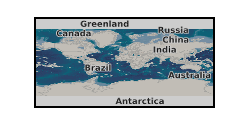
This is a blog (Workshop1, 30.04.14) on the UKCCSRC Call 1 project, Flexible CCS Network Development. Grant number: UKCCSRC-C1-40.
-
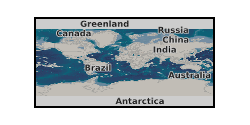
This is a blog (Update, 20.01.15) on the UKCCSRC Call 2 project, Quantifying Residual and Dissolution Trapping in the CO2CRC Otway Injection Site. Grant number: UKCCSRC-C2-204.
-
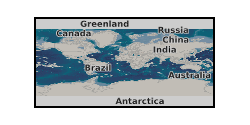
This is a blog (Update, 01.11.13) on the UKCCSRC Call 1 project, Oxyfuel and EGR Processes in GT Combustion. Grant number: UKCCSRC-C1-26.
-
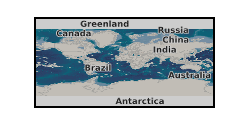
The dataset contains experimental data of the preparation of a photocatalytic membrane and its application in CO2 capture and utilization. The experiments were carried out in the Tang’s and Lan’s groups at the Department of Chemical Engineering, University College London during June-November 2020. Specifically, the data shows the preparation of cucurbit[6]uril and copper oxide which were empolyerd to prepare the photocatalytic membrane together with functional polymers. Preliminary results of the photocatalytic membrane for CO2 capture and utilization were also included. Funded by UKCCSRC 2020 Flexible Funding Call.
-
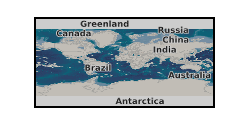
This is a blog (Update, 27.08.14) on the UKCCSRC Call 1 project, Tractable Equation of State for CO2 Mixtures. Grant number: UKCCSRC-C1-22.
-
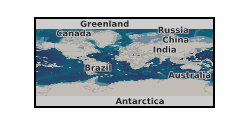
A selection of abstracts and posters presented at international conferences as part of EPSRC Grant #EP/K036033/1.
-
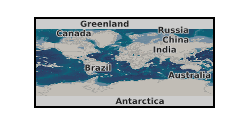
There were a number of aims of this project - to develop initial flowsheets and designs for CLC with oxygen uncoupling; to model and design reactors; and to produce and test a variety of novel materials for CLC with oxygen uncoupling. The project has succeeded in a number of aims; to develop and test materials (Cambridge), to conduct an initial test of CLC with oxygen uncoupling (the first at scale in the UK, conducted at Cranfield, and the major stated aim of the project - see Figure 2-13), and to model and develop a novel reactor for CLC with oxygen uncoupling (Imperial). Overall, these aspects exceeded the initial project brief. Initial time-dependent flowsheets were developed at Cambridge for CLC processes - unfortunately key staff loss led to a significant hiatus in the activity. Industrial reviewing was limited because of the challenges in developing the flowsheeting activity.
-

Loan IDA number - IDA271576. No data was obtained for microbial cultivation experiments with core samples SSK111460 and SSK111461 from UKGEOS Glasgow Observatory, borehole GGC01. Samples and data are derived from the UK Geoenergy Observatories Programme funded by the UKRI Natural Environment Research Council and delivered by the British Geological Survey. Attached document described methodology of enriching sandstone core (SSK111461) in different media types and shale core (SSK111460) in synthetic groundwater. No microbial growth was seen after 7 months.
-
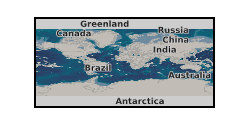
The data consists of an abstract submitted to 'The Geology of Geomechanics' conference, held at Burlington House, London by the Geological Society on 28-29 October, 2015. The abstract describes an overview of work carried-out on behalf of the 'Fault seal controls on CO2 storage capacity in aquifers' project funded by the UKCCS Research Centre, grant number UKCCSRC-C1-14. The CO2-rich natural gas accumulations of the Fizzy and Oak fields are examined for their fault-seal potential, in particular accounting for the impact of IFT and contact angle on capillary threshold pressures. Results of an in situ stress study for the Inner Moray Firth is also presented, with results being applied to a geomechanical stability analysis of faults affecting the Captain Sandstone saline aquifer formation.
-
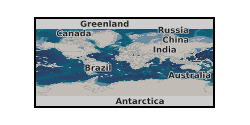
Imperial College has modelled and designed from first principles a counter-flow thermal oxygen reactor using CuO (MnO) based particles as an oxygen carrier, for replacing the burner in conventional coal fire power plant. The length of the reactor depends on the required falling distance for CuO particles to heat up and complete the decomposition. Initial calculations indicated that this was higher than hoped (500 mm). The design is being optimised. A prototype burner has been built and tested according to the design. After intense tests and some modifications on the prototype, we managed to show some encouraging results as a proof of concept. It is demonstrated that under the current design, there is strong evidence that the particles exhibited sufficiently fast kinetics to release the required oxygen to support complete combustion of propane fuel in an initially sub-stoichiometric flame. The results have led to the construction of a second version of the burner, with improved designed, and a more powerful surface mixed burner capable of much higher heat duty than the current one. The new version of the burner will be tested during the next few months. Part II of the report is restricted and not available for download.
 NERC Data Catalogue Service
NERC Data Catalogue Service